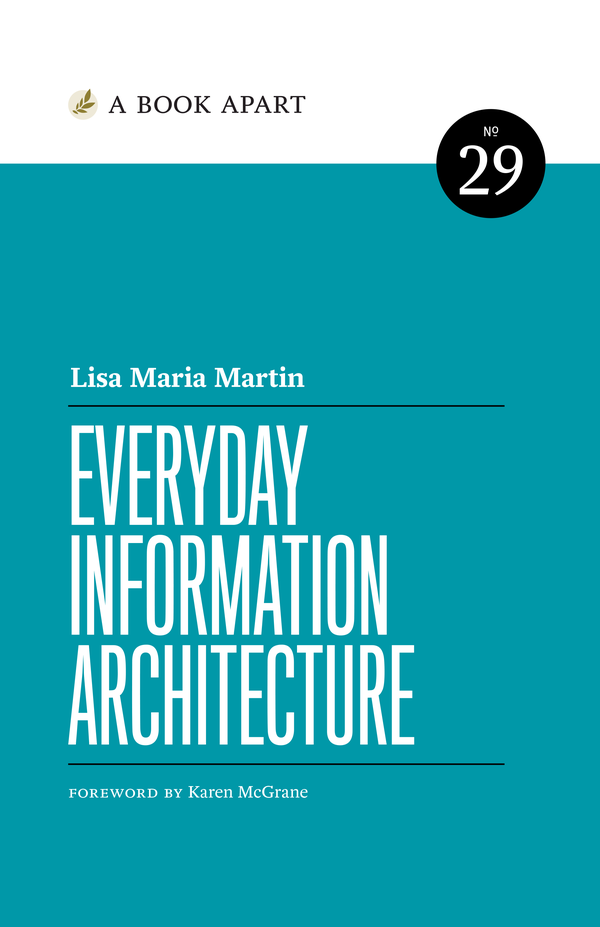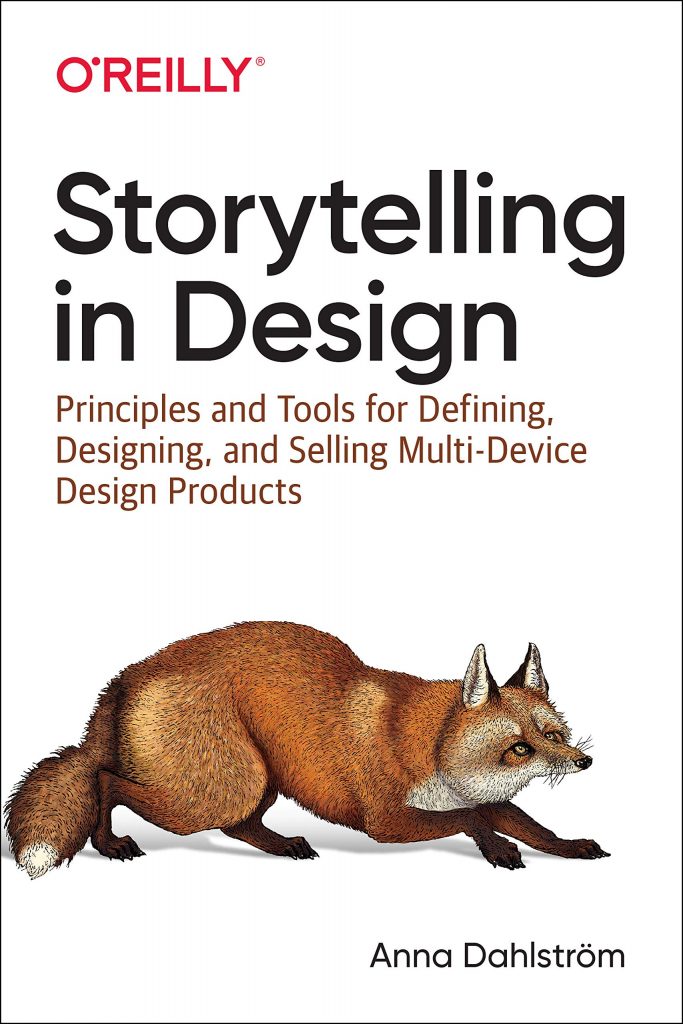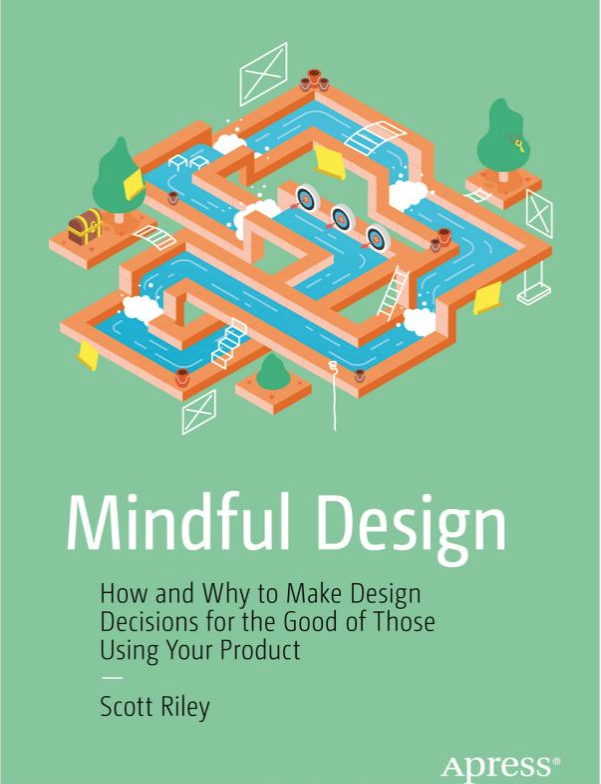If you’re unsure about the best books for web designers published this year, we’re here to help you. While there are a ton of beginner’s guides or very specialist titles on the market (covering particular frameworks, for example), we have chosen to round up the stand-out books of 2019 that more experienced designers, agencies and in-house teams should consider buying.
View more: Install Google Analytics
1. Expressive Design Systems by Yesenia Perez-Cruz

While Laying the Foundations is a very comprehensive guide, Expressive Design Systems is a guide specifically to integrating brand expression and range within a design system.
Yesenia Perez-Cruz, senior UX manager at Shopify, where she is leading the Polaris design system team, addresses some common complaints: rigid systems that stifle creativity, overly specific systems that can’t be adapted to enough use cases, complicated systems that lead to fragmented user experiences. It doesn’t have to be that way.
Yesenia demonstrates how to build useful, dependable, and cohesive systems that not only maintain harmony across products, but also leave room for inspiration and experimentation.
For more on design systems and some free (!) reads, check out Programming Design Systems by Rune Madsen, a practical introduction to the new foundations of graphic design, Design Systems for Developers, which examines how the smartest teams engineer design systems at scale, and Heart Internet’s own Design Systems ebook.
3. Everyday Information Architecture by Lisa Maria Marquis

A good companion to Expressive Design Systems, Lisa Maria Marquis’ guide gets you up to speed on information architecture’s most essential concepts. The managing editor of A Book Apart, the publisher of both titles, explains the principles and practices of information architecture you need to know to craft more thoughtful and effective digital products.
Learn how to analyse your site’s content and structure, build clear, consistent and inclusive taxonomies, and develop more strategic and intentional sitemaps. Whether you’re a designer, developer or other web worker, whatever your experience, this book will help you make your website more usable and your content easier to find to create better experiences for everyone.
4. Storytelling in Design by Anna Dahlström

This book by UX designer Anna Dahlström takes tried-and-tested storytelling principles from film, fiction and music and applies them to the context of design and business.
You’ll learn why storytelling matters, what makes a great story, and how both traditional storytelling and the world of product design are changing. You’ll then discover how you can use simple tools — such as emotion and dramaturgy — to define, design and sell multi-device, multi-touch point digital products to create better end-to-end experiences for your users and healthier bottom lines for your company.
5. Art Direction for the Web by Andy Clarke

Art direction in print and advertising is well known, but on the web it’s kind of new. Designer and consultant Andy Clarke wanted to explore how designers and front-end developers can break out of the generic web experiences that are prevailing today. And so based on his own experience and the expertise of the art directors and designers he interviewed, he wrote a book about art direction, why it matters and how to art-direct compelling and effective experiences across devices and platforms.
You’ll discover original compositions and unexpected layouts, and learn critical design thinking and front-end techniques that will help you create something that stands out, connects your brand with customers and improve engagement and conversions.
6. Mindful Design by Scott Riley

The subtitle of this book by product designer and developer Scott Riley is ‘how and why to make design decisions for the good of those using your product’. It dives into the areas of cognitive psychology and neuroscience that can most improve design. You’ll discover responsible theories and studies and learn how to create products that integrate into, rather than interrupt, lifestyles.
Topics covered in Mindful Design include neurological aspects and limitations of human vision and perception, our attachment to harmony (such as visual and musical harmony), and why our brain is so good at pattern recognition. The second half of the book focuses on practical applications, specific to interaction and interface design, and uses real-world examples throughout to demonstrate how design is impacting our everyday digital experiences.
Source: https://www.heartinternet.uk/blog/15-web-design-books-of-2019-that-you-should-read/






